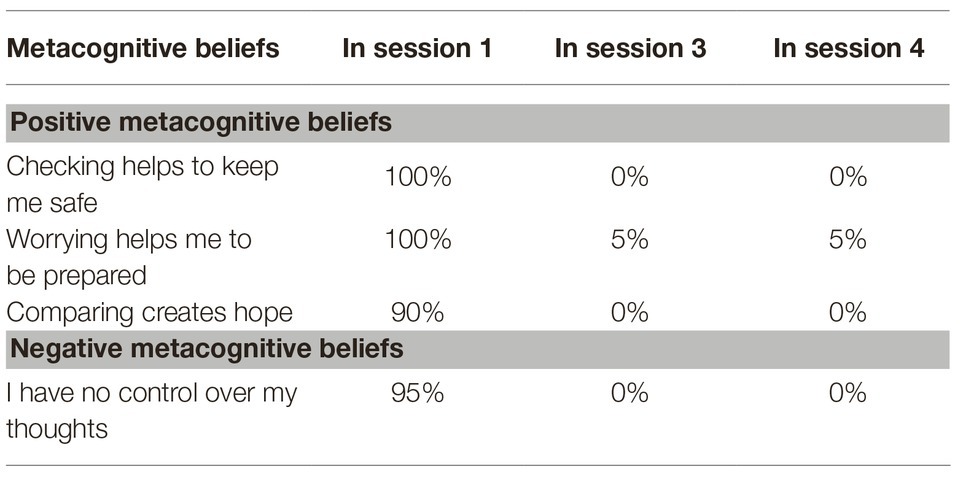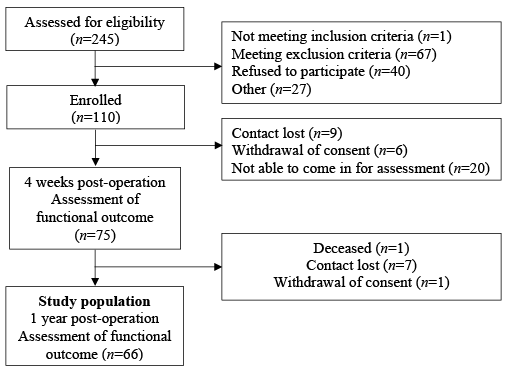Adjustment Disorder, often abbreviated as AD, is a mental health condition that arises when an individual struggles to cope with a significant life change or stressful event. While it may not always receive the same attention as other mental health disorders, Adjustment Disorder can significantly impact a person’s emotional well-being, daily functioning, and overall quality of life. This article delves into the causes, symptoms, and treatment options for this condition, offering insights into how individuals can navigate the challenges it presents.

What Is Adjustment Disorder?
Adjustment Disorder is characterized by an emotional or behavioral response to a stressful event or change in life that is disproportionate to the situation itself. The reaction typically occurs within three months of the stressor and lasts no longer than six months after the stressor has ended, unless the condition evolves into a chronic form. Unlike other mental health conditions, Adjustment Disorder is closely tied to external circumstances rather than internal biological factors.
Common examples of stressors that can trigger this condition include job loss, divorce, moving to a new place, financial difficulties, the death of a loved one, or even positive changes like marriage or having a child. While most people experience some level of stress during such events, those with Adjustment Disorder find it difficult to adapt and may feel overwhelmed by their emotions.
Causes of Adjustment Disorder
The exact cause of Adjustment Disorder is not fully understood, but several factors contribute to its development. These include:
1. Nature of the Stressor
- Severity: The intensity of the stressor plays a crucial role. A highly traumatic event, such as a natural disaster or the sudden loss of a loved one, is more likely to trigger Adjustment Disorder than a minor inconvenience.
- Type: Different types of stressors affect people in unique ways. For example, interpersonal conflicts may have a stronger emotional impact than financial stress for some individuals.
2. Individual Vulnerability
- Past Experiences: People who have experienced trauma or significant stress in the past may be more susceptible to developing Adjustment Disorder when faced with new challenges.
- Coping Skills: Individuals with limited coping mechanisms or poor problem-solving skills may struggle more to manage stress effectively.
- Personality Traits: Certain personality traits, such as perfectionism or a tendency toward anxiety, can increase vulnerability to Adjustment Disorder.
3. Social Support System
- Lack of Support: A weak support network can exacerbate feelings of isolation and make it harder for individuals to process their emotions.
- Quality of Relationships: Even if someone has friends or family around, strained or unhealthy relationships can contribute to the development of Adjustment Disorder.
Symptoms of Adjustment Disorder
The symptoms of Adjustment Disorder vary from person to person and depend on the type of stressor involved. They can manifest emotionally, behaviorally, or physically. Below are some common signs to look out for:
Emotional Symptoms
- Feelings of sadness, hopelessness, or despair
- Frequent crying spells
- Anxiety or nervousness
- Irritability or anger
- A sense of being overwhelmed
Behavioral Symptoms
- Withdrawal from social activities or relationships
- Neglecting responsibilities at work, school, or home
- Engaging in reckless behaviors, such as substance abuse or impulsive spending
- Trouble concentrating or making decisions
Physical Symptoms
- Fatigue or exhaustion
- Changes in appetite or weight
- Sleep disturbances, including insomnia or oversleeping
- Headaches, stomachaches, or other unexplained physical complaints
Types of Adjustment Disorder
Adjustment Disorder is categorized into different subtypes based on the predominant symptoms. Understanding these categories can help healthcare providers tailor treatment plans to the specific needs of the individual.
With Depressed Mood
This subtype involves feelings of sadness, tearfulness, and a lack of enjoyment in previously pleasurable activities. Individuals may also experience low energy and difficulty completing tasks.
With Anxiety
Here, the primary symptoms revolve around excessive worry, nervousness, and fear. Some individuals may also exhibit physical symptoms of anxiety, such as rapid heartbeat or trembling.
With Mixed Anxiety and Depressed Mood
As the name suggests, this subtype combines features of both depression and anxiety. Individuals may feel persistently down while simultaneously experiencing heightened levels of worry and tension.
With Disturbance of Conduct
In this category, the main issue lies in disruptive or inappropriate behavior. Examples include aggression, vandalism, or violating societal norms. Emotional symptoms may be less prominent in this subtype.
With Mixed Disturbance of Emotions and Conduct
This subtype encompasses a combination of emotional distress and behavioral problems. For instance, someone might feel deeply sad while also engaging in reckless actions.
Unspecified
When symptoms do not fit neatly into any of the above categories, the diagnosis falls under “unspecified.” This allows for flexibility in addressing unique presentations of the disorder.
Treatment Options for Adjustment Disorder
While Adjustment Disorder can feel overwhelming, it is highly treatable. With the right interventions, most individuals recover fully and regain their ability to function effectively. Below are some common treatment approaches:
Psychotherapy
Also known as talk therapy, psychotherapy is one of the most effective treatments for Adjustment Disorder. It provides a safe space for individuals to explore their thoughts, feelings, and reactions to the stressor. Common therapeutic approaches include:
- Cognitive Behavioral Therapy (CBT): Helps individuals identify negative thought patterns and replace them with healthier ones.
- Interpersonal Therapy (IPT): Focuses on improving communication and resolving conflicts in relationships.
- Supportive Counseling: Offers guidance and reassurance during challenging times.
Medication
While medication is not always necessary, it may be prescribed in cases where symptoms are severe or co-occurring with another mental health condition. Common medications include:
- Antidepressants to alleviate symptoms of sadness or anxiety
- Anxiolytics to reduce acute anxiety
- Sleep aids for temporary relief from insomnia
Lifestyle Changes
Making certain adjustments to daily routines can significantly improve symptoms. These changes might include:
- Regular exercise to boost mood and reduce stress
- A balanced diet to support overall well-being
- Adequate sleep to restore energy and focus
- Mindfulness practices, such as meditation or yoga, to enhance emotional regulation
Building a Strong Support Network
Connecting with others can play a vital role in recovery. Reaching out to trusted friends, family members, or support groups can provide comfort and encouragement. In some cases, joining a community group or attending workshops focused on stress management can also be beneficial.
Addressing the Stressor Directly
When possible, taking steps to resolve or mitigate the source of stress can accelerate healing. For example, seeking career counseling after job loss or enrolling in parenting classes after the birth of a child can empower individuals to regain control over their lives.
Preventing Adjustment Disorder
While it may not always be possible to prevent Adjustment Disorder, there are proactive measures individuals can take to build resilience and minimize the risk of developing the condition:
- Develop strong problem-solving and coping skills through education or therapy
- Maintain open lines of communication with loved ones
- Practice self-care regularly to maintain mental and physical health
- Seek professional help early if experiencing prolonged stress or emotional distress





